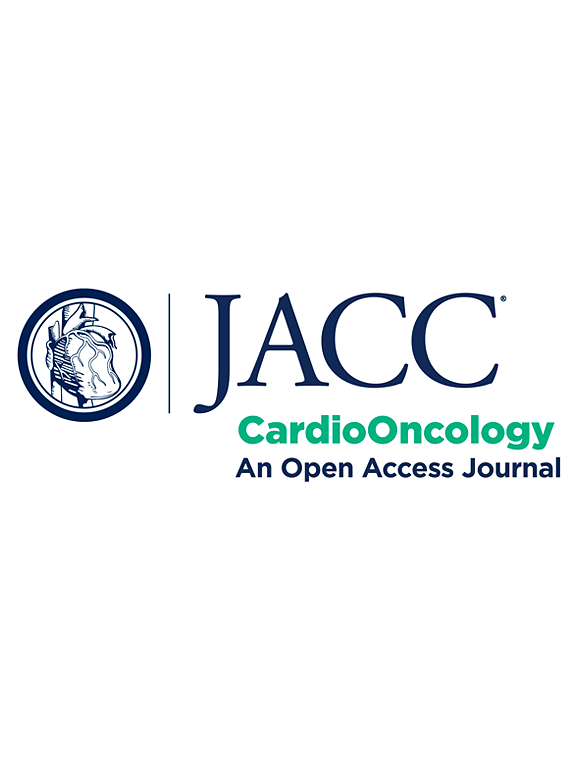IGHG Recommendations for Anthracycline and Anthraquinone Cardiac Dysfunction Equivalence Ratios After Childhood Cancer
IF 12.8
1区 医学
Q1 CARDIAC & CARDIOVASCULAR SYSTEMS
引用次数: 0
Abstract
Anthracycline and anthraquinone agents are major contributors to cancer therapy–related cardiac dysfunction in childhood cancer. However, evidence-based equivalence ratios for estimating individual risk have not been incorporated into international surveillance guidelines. The International Late Effects of Childhood Cancer Guideline Harmonization Group systematically reviewed the literature on equivalence ratios for doxorubicin, daunorubicin, epirubicin, idarubicin, and mitoxantrone. Based on available evidence, benefit–harm considerations, and expert consensus, the panel concluded that the risk of cardiac dysfunction is lower with daunorubicin and higher with mitoxantrone compared with doxorubicin (moderate-quality evidence; strong recommendation). The panel recommends using an approximate ratio of 0.6 to convert daunorubicin to a doxorubicin-equivalent dose and a ratio of 10.5 for mitoxantrone (low-quality evidence; moderate recommendation). No recommendation was made for epirubicin or idarubicin due to inconclusive evidence.
儿童癌症后蒽环类和蒽醌类心功能障碍等效比率的IGHG建议:JACC:心脏肿瘤学专家小组。
蒽环类和蒽醌类药物是儿童癌症治疗相关心功能障碍的主要原因。然而,用于估计个人风险的循证等效比率尚未纳入国际监测指南。国际儿童癌症晚期效应指南协调小组系统地回顾了关于阿霉素、柔红霉素、表红霉素、依甲红霉素和米托蒽醌等效比率的文献。基于现有证据、利弊考虑和专家共识,专家组得出结论,与阿霉素相比,柔红霉素的心功能障碍风险较低,米托蒽醌的风险较高(中等质量证据;强烈推荐)。专家组建议使用约0.6的比率将柔红霉素转化为相当于阿霉素的剂量,米托蒽醌的比率为10.5(低质量证据;温和的建议)。由于证据不确凿,没有推荐表阿霉素或依甲阿霉素。
本文章由计算机程序翻译,如有差异,请以英文原文为准。
求助全文
约1分钟内获得全文
求助全文
来源期刊

Jacc: Cardiooncology
Multiple-
CiteScore
12.50
自引率
6.30%
发文量
106
期刊介绍:
JACC: CardioOncology is a specialized journal that belongs to the esteemed Journal of the American College of Cardiology (JACC) family. Its purpose is to enhance cardiovascular care for cancer patients by publishing high-quality, innovative scientific research and sharing evidence-based knowledge.
The journal aims to revolutionize the field of cardio-oncology and actively involve and educate professionals in both cardiovascular and oncology fields. It covers a wide range of topics including pre-clinical, translational, and clinical research, as well as best practices in cardio-oncology. Key areas of focus include understanding disease mechanisms, utilizing in vitro and in vivo models, exploring novel and traditional therapeutics (across Phase I-IV trials), studying epidemiology, employing precision medicine, and investigating primary and secondary prevention.
Amyloidosis, cardiovascular risk factors, heart failure, and vascular disease are some examples of the disease states that are of particular interest to the journal. However, it welcomes research on other relevant conditions as well.
 求助内容:
求助内容: 应助结果提醒方式:
应助结果提醒方式:


